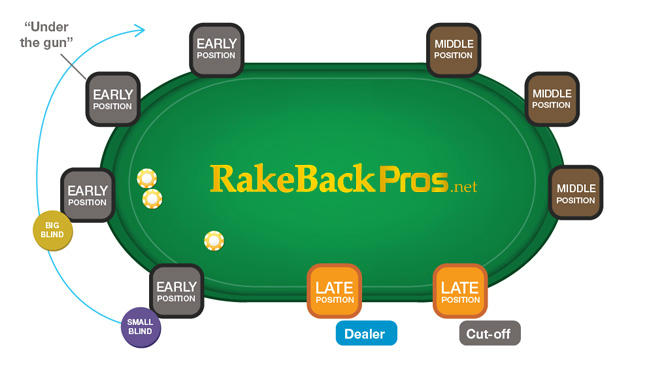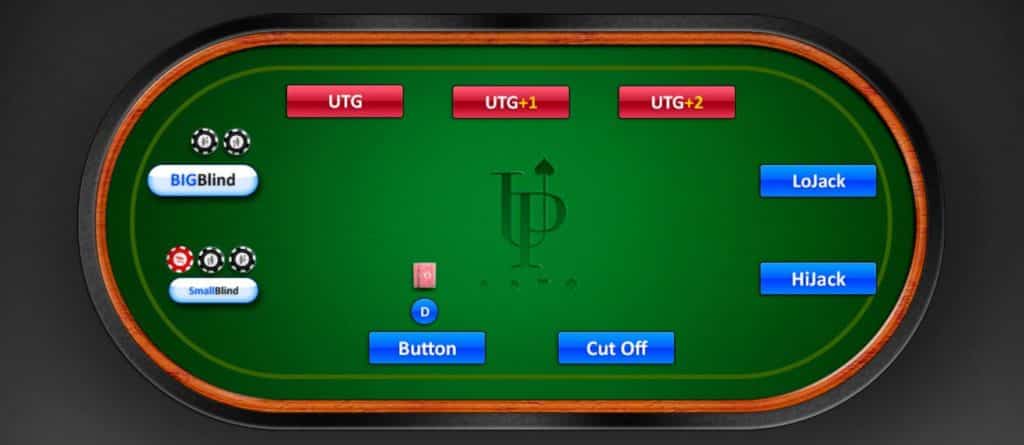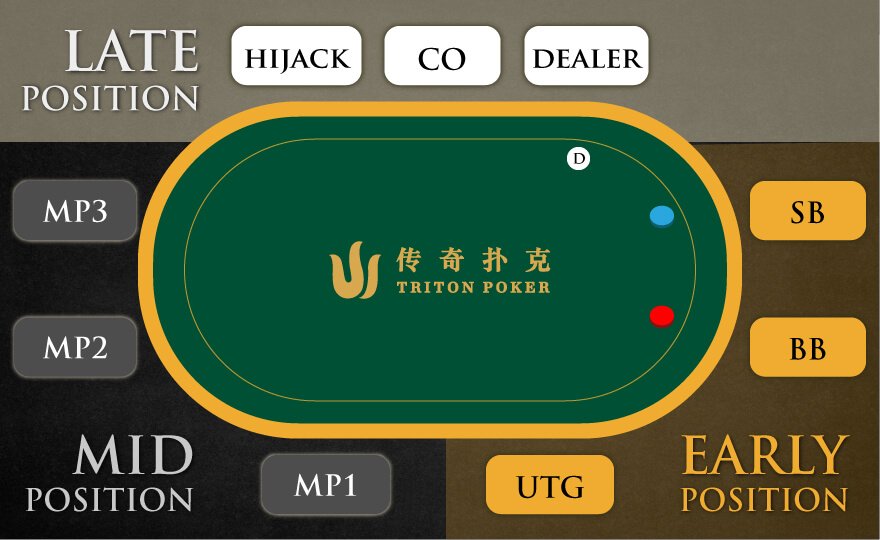Poker Term Hijack Position
- The term 'hijack' in poker refers to the player who is sitting two seats right of the 'button' and one seat to the right of the 'cutoff'. Over the years, automatic button raises have become far too common. This evolved into 'cutoff' players starting to raise more, as their raises were more likely to be seen as 'strong'.
- The smaller of two blind bets. The position to the immediate left of the dealer button position, and to the right of the big blind position. Split Pot When two or more players make the same hand and the pot is divided between equivalent high hands. Straddle An optional pre-deal bet, typically made by the player to the left of the big blind.
The player sitting immediately to the right of the dealer button is known as Cut off in poker. It is the second-best position in the hand of poker. It is called Cut off because this player has an advantage of bluffing, acting a strong hand or raising the blinds being at the late position.
Position in poker refers to the order in which players are seated around the table and the related poker strategy implications. Players who act first are in 'early position'; players who act later are in 'late position'; players who act in between are in 'middle position'.[1] A player 'has position' on opponents acting before him and is 'out of position' to opponents acting after him.[2] Because players act in clockwise order, a player 'has position' on opponents seated to his right, except when the opponent has the button and certain cases in the first betting round of games with blinds.
Position in Texas hold 'em[edit]
The primary advantage held by a player in late position is that he will have more information with which to make better decisions than players in early position, who will have to act first, without the benefit of this extra information. This advantage has led to many players in heads-up play raising on the button with an extremely wide range of hands because of this positional advantage.[3] Also, as earlier opponents fold, the probability of a hand being the best goes up as the number of opponents goes down.

The blinds are the least desirable position because a player is forced to contribute to the pot and they must act first on all betting rounds after the flop. Although the big blind has a big advantage on the first round of betting, it is on average the biggest money losing position.[citation needed]
Texas hold 'em example[edit]
There are 10 players playing $4/$8 fixed limit. Alice pays the $2 small blind. Bob pays the $4 big blind. Carol is under the gun (first to act). If Carol has a hand like K♥ J♠, she may choose to fold. With 9 opponents remaining to act, there is approximately a 40% chance that at least one of them will have a better hand than Carol's like A-A, K-K, Q-Q, J-J, A-K, A-Q, A-J or K-Q. And even if no one does, seven of them (all but the two players in the blind) will have position on Carol in the next three betting rounds.
Now instead, suppose David in the cut-off position (to the right of the button) has the same K♥ J♠ and all players fold to him. In this situation, there are only three opponents left to act, so the odds that one of them has a better hand are considerably less (only around 16%). Secondly, two of those three (Alice and Bob) will be out of position to David on later betting rounds. A common play would be for David to raise and hope that the button (the only player who has position on David) folds. David's raise might simply steal the blinds if they don't have playable hands, but if they do play, David will be in good shape to take advantage of his position in later betting rounds.
See also[edit]

References[edit]
- ^'Poker Tables'. Carbon Poker. Retrieved 3 June 2014.
- ^'Poker Position'. CardsChat. Retrieved 3 June 2014.
- ^Badger, Steve. 'Changing Position in Poker'. Steve Badger Poker Strategy. Retrieved June 29, 2017.
External links[edit]
Poker Term Hijack Positions

Poker Term Hijack Position Meaning
Hijack - a special position of the player when playing poker. Many players prefer to play in the hijack position, while others perceive it as not the best option. Due to the ambiguous opinion about hijack, the players among themselves nicknamed him 'raider' or 'hijacker'. Let's take a closer look at the features of the hijack position in poker.
Imagine a table and distribute the positions of the players on it as follows: HJ takes the position MP3 (HJ) and is located to the right of the button for 2 steps.

Poker Term Hijack Position Tool
The nickname 'hijacker' has arisen for a reason, being in this position, the player usually does not miss the opportunity to steal the blinds. Therefore, a participant in the game who knows about this and is currently in hijack will try to get ahead of other players and make a raise.
The start of the attack falls on HJ, but in the case of a call, the cut-off and the button have a better position and all the conditions for playing. You need to start pumping the pot in advance on preflop in order to get the maximum benefit from the situation, and, after waiting for a successful layout, finish what you started.
The player, at least, must have suited cards, the so-called 'creative' hands, in order to open with a raise from the position of a hijack. For this, such cards A8, A9, KJ, QJ may also be suitable.
If the player's cards are not very good, then there is no need to make attempts to steal the blinds. If, while on the button, a player notices that the hijack is raising, then you need to take advantage of your advantage and rearrange such a player in the 3-bet position. It will be difficult to do this without a clear advantage in cards. In addition, it must be borne in mind that an aggressive H1 can only be in the middle position, so it should be constantly watched and behaved very carefully.
Poker Term Hijack Position Definition
Что еще почитать?